New Arrivals
Posted by Jessie Jacobson on Aug 27th 2021
As many of you know, at Tonkadale, we are always on a quest to find found and vintage items. When we come upon a vintage plant book, it’s like we hit the jackpot! Bing, bing, bing, bing. The reward of old school knowledge is powerful, and it’s so much fun to look back at where this plant craze got started. As you dig into the Better Homes and Gardens House Plants edition from 1971, the dedication says it all!
“To all who delight in the daily presence of green and growing things, this book is dedicated...your guide to better living through indoor gardening. You are invited to use these ideas through all the months of the year for inspiration and guidance in growing plants that will increase the beauty of your home and add pleasure to your daily life.”
We delight in the daily presence of plants. They are living art, home décor, collector’s items, and companions. We are constantly learning overtime how to display and care for them. As plant parents we are always looking for something new to inspire us, and guidance to grow it successfully. So here you go, fresh, new arrivals to the greenhouse and how to care for them!
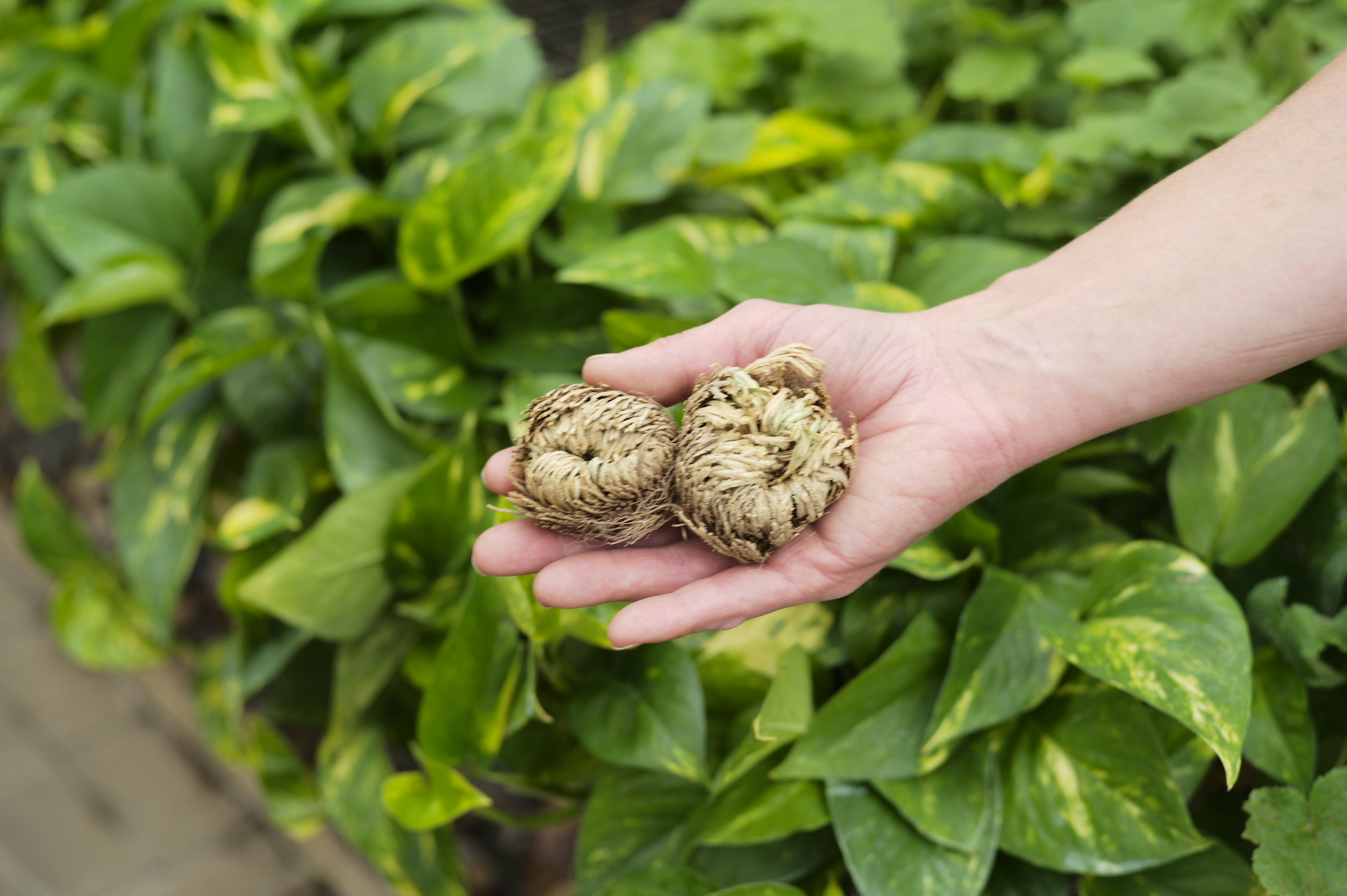
Also known as Resurrection Plant, this is a poikilohydry (land plants that can survive environmental conditions when water supplies are seasonal or intermittent) plant that can survive extreme dehydration, even over months or years. They aren’t very cute but are certainly interesting as they can survive without water for up to 7 years. Once hydrated, the plant rehydrates and unfurls its gorgeous fern-like fronds. Although native to the desert, Resurrection Plans makes an easy and interesting indoor plant that doesn’t even require soil to grow. Place on an interesting saucer or tray in indirect, but bright light. To water, simply float in a low dish of water, but do not submerge completely. It will take about 3 hours for your plant to rehydrate. Shake dry and enjoy!
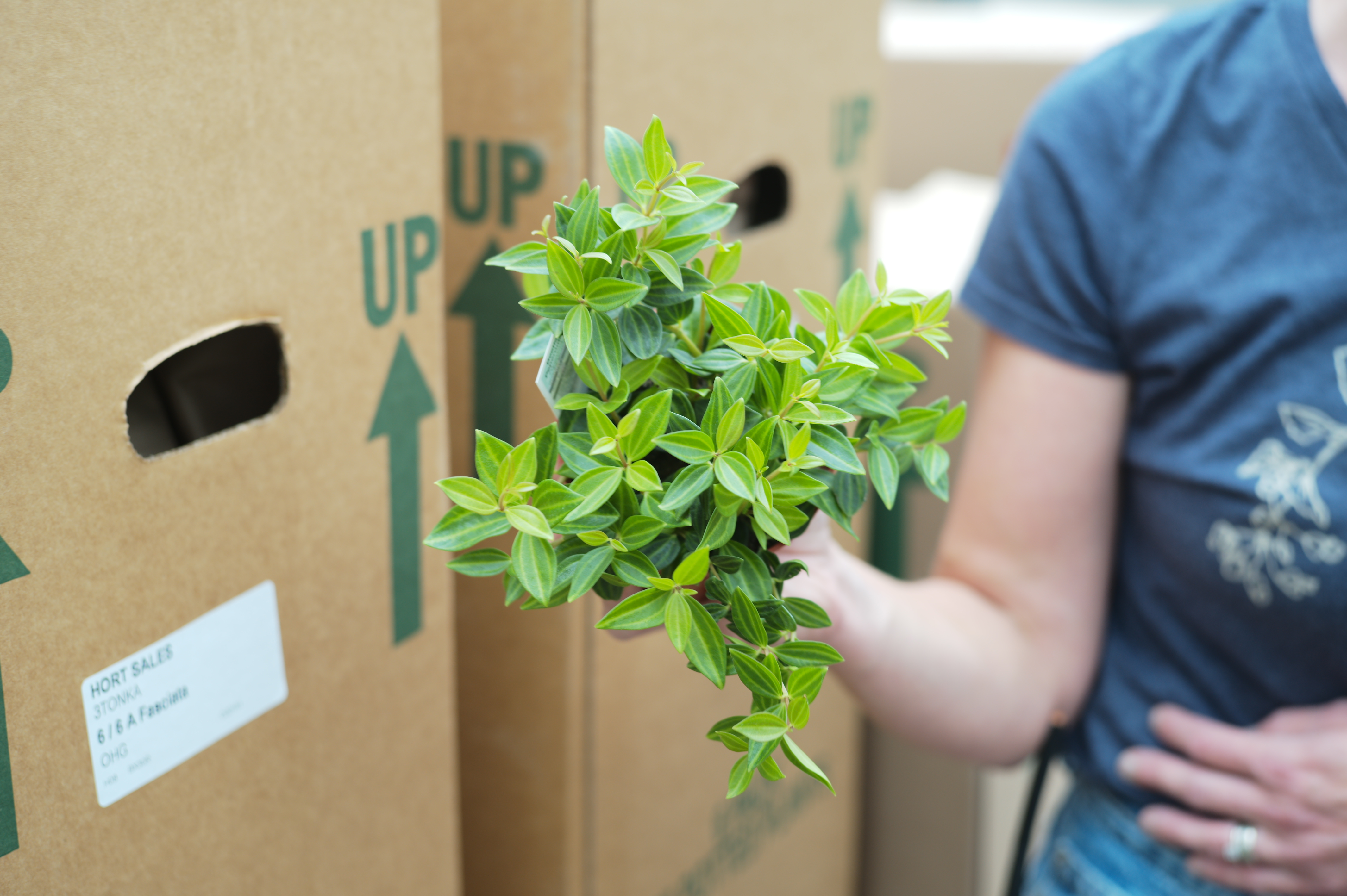
Commonly known as Beetle Peperomia, this tiny plant will please you in all the planty ways! Basic peperomia plant care applies, but this one trails up to 12” long. Peperomia need at least medium light but will reward you with their quirky inflorescence if you are able to provide bright, indirect light. Morning light is actually ideal. Peperomia need well-draining soil like the Espoma Organic Potting Mix or even the Espoma Organic Cactus Soil. Peps have succulent-like leaves, meaning they don’t need as much or as frequent watering as other houseplants. Let the top few inches of soil dry out before you water it well.
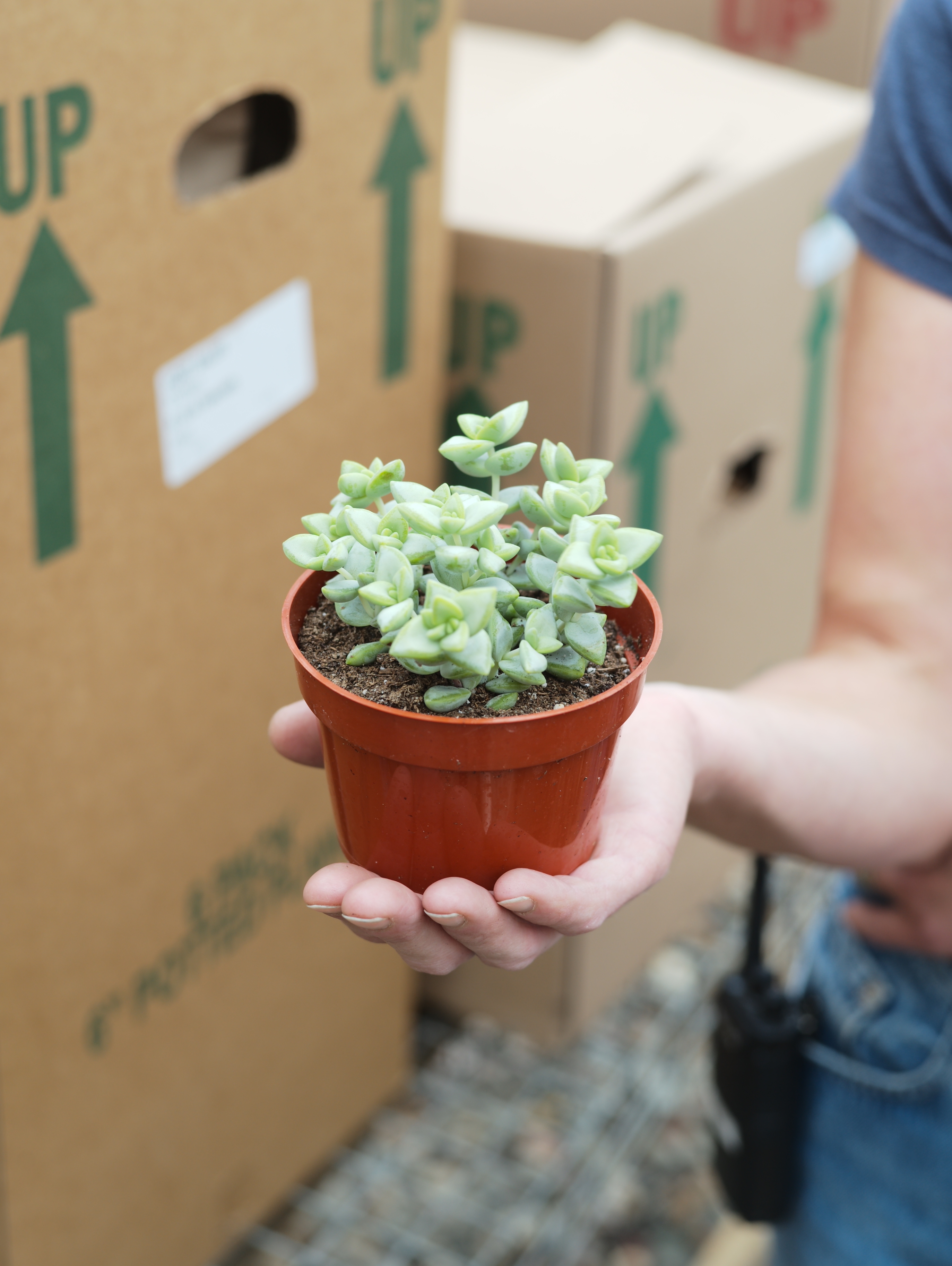
Commonly known as Baby Necklace (weird), this succulent plant is a great addition to any bright-light location as an accent to your existing succulent collection. And get this, it’s a shrublet type succulent belonging to the Jade plant family. Traditional succulent care guidelines apply, but don’t let this one dry out too much because it does have tiny leaves that lend themselves to drying out more quickly. Plant in Espoma’s Organic Cactus Mix in a shallow pot, place in bright light and water every 2 weeks or so. Fertilize with a cactus specific fertilizer only during the growing season.
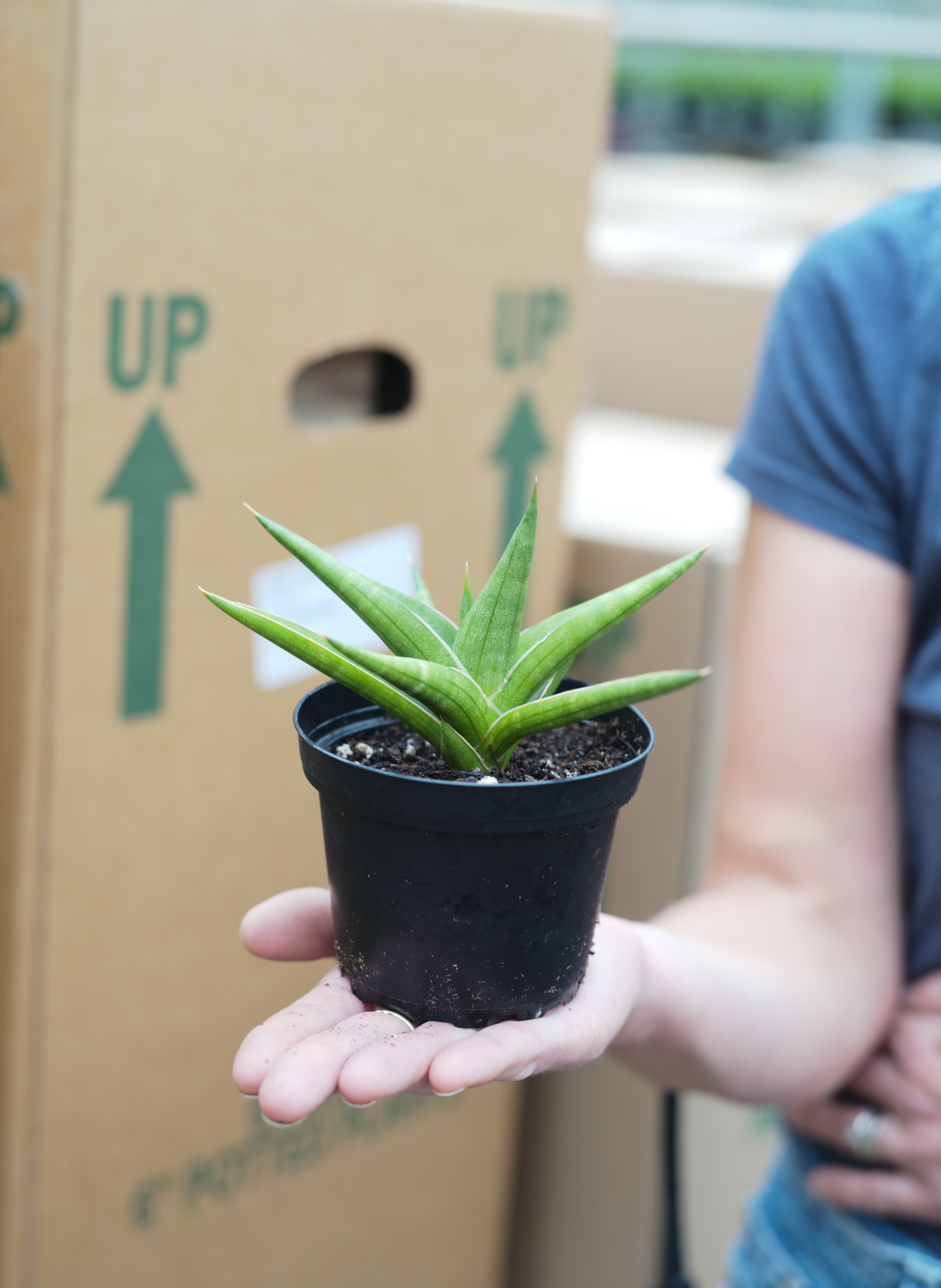
More easily referred to as Elephant Tusk Plant, this snake plant has conically shaped leaves that can grow up to 9 feet tall. However, as a slow grower, and light feeder, this is not likely to happen for several years. Sansevieria are tolerant of most light levels but certainly appreciate medium to bright light if possible. Grow in cactus or succulent soil and let dry out completely between watering. Keeping your Stuckyi pot bound will encourage flowering. Propagate by dividing offshoots from the main plant.
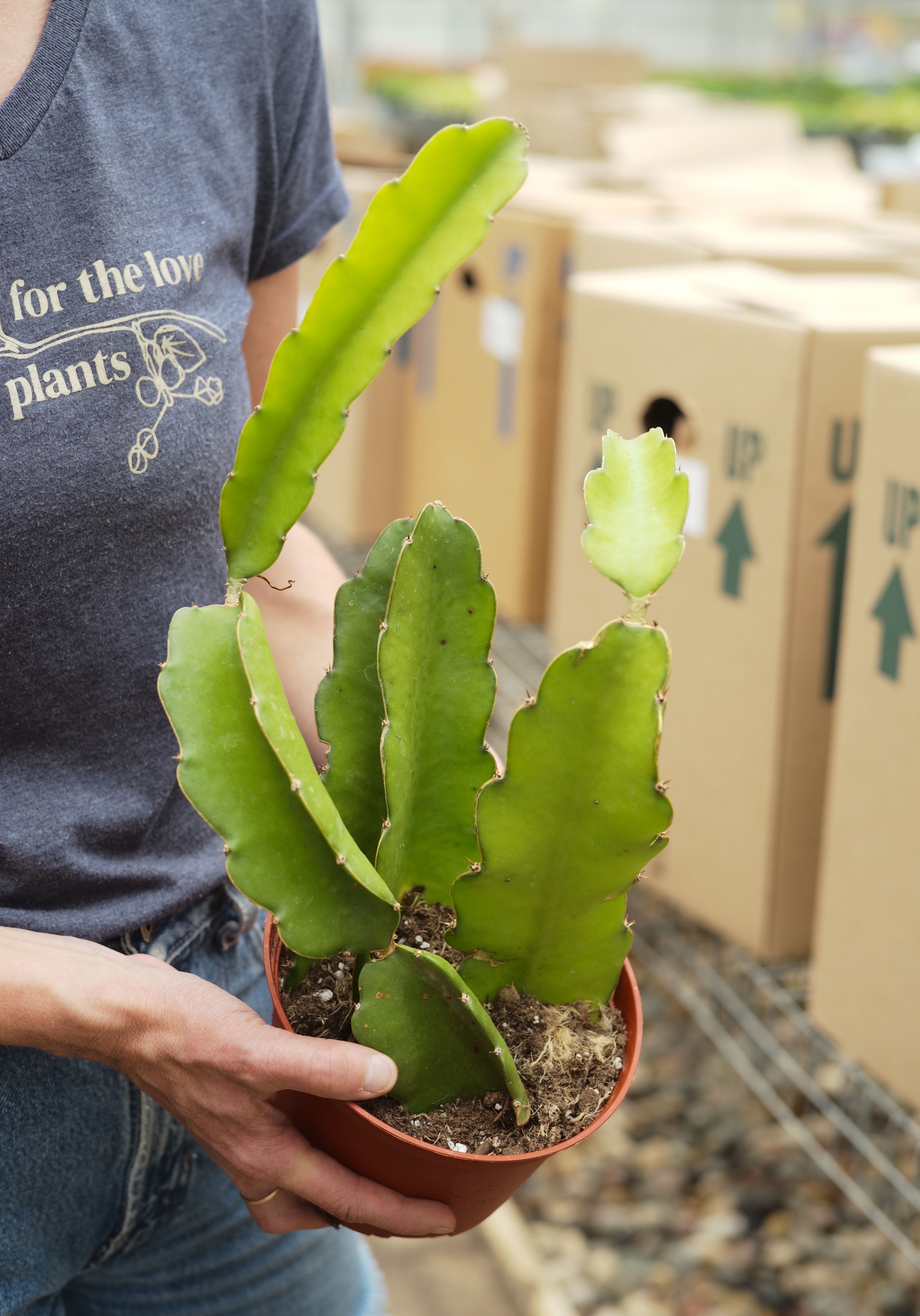
Orchid cactus are intriguing plants that make a stunning display in a hanging basket and produce a flower that is magical. Given the appropriate conditions, this plant is easy to grow and maintain and tolerates neglect, so a great match for busy people. The Orchid Cactus loves bright, indirect light, but not full, hot sun. Water when soil becomes dry. Cut-back on watering in winter when the plant is not actively growing. Fertilize your orchid cactus the same as other succulents – once or twice per month during the growing season using a cactus specific fertilizer.
“Green is a color you will never tire of, restful to the eye and refreshing to the spirit. Choose plants that have the characteristics you admire.” Maybe, just maybe, they will be a reflection of you!
